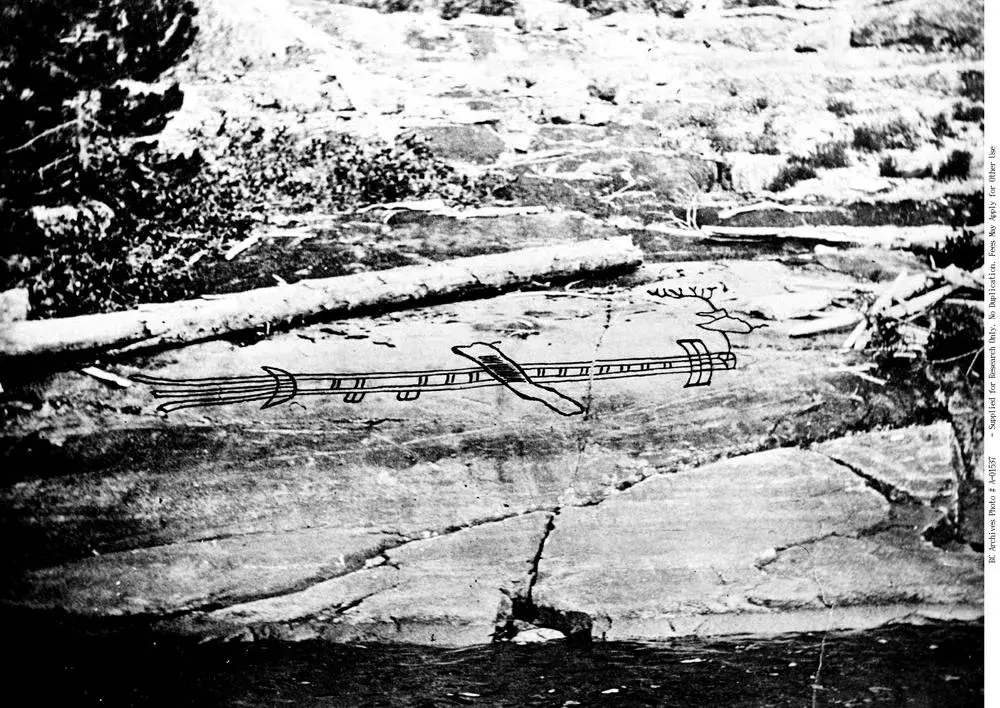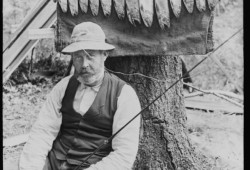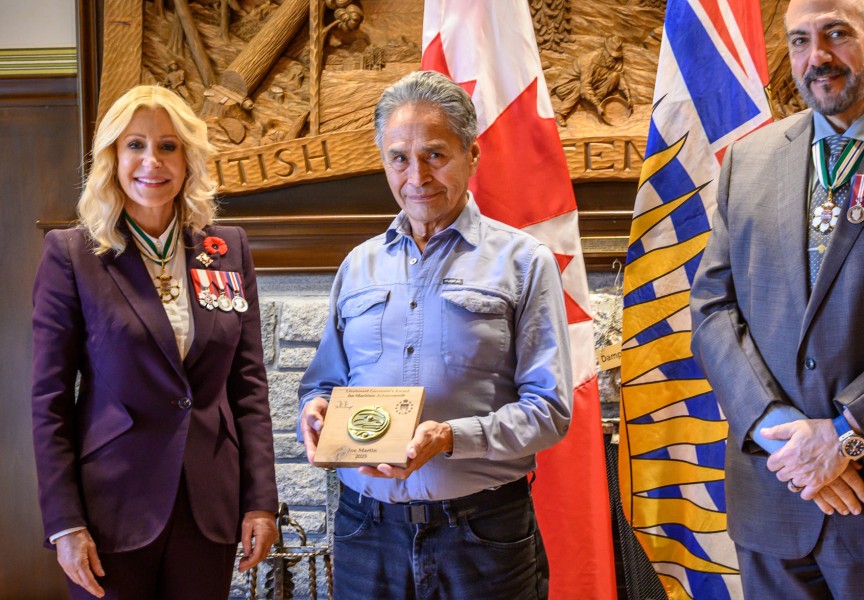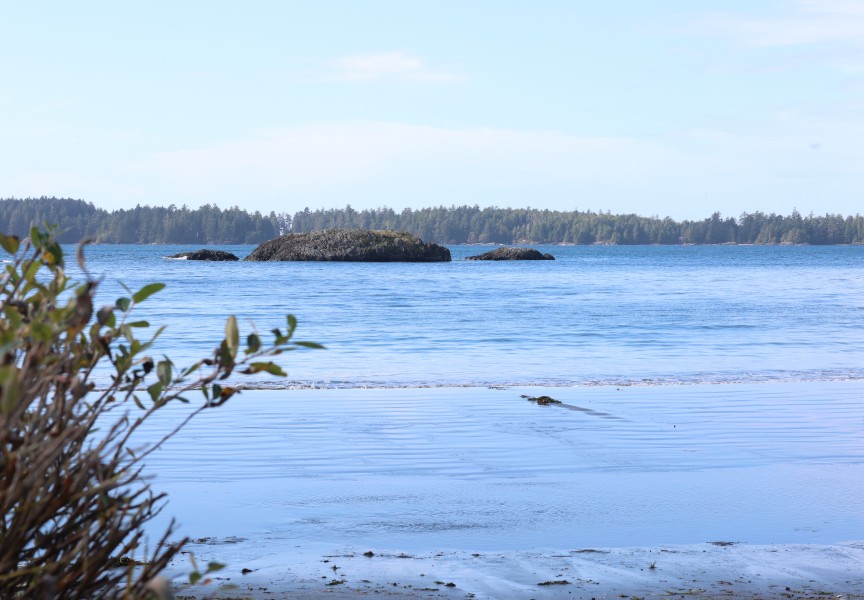When one thinks of petroglyphs in the Alberni Valley, the etchings on a rock face at Sproat Lake Provincial Park might come to mind, but those are not the only local ones to have been ‘discovered’. There is another, lesser known petroglyph at nearby Great Central Lake with oral Hupacasath history to go with it.
Hupacasath Chief Councilor Brandy Lauder said there’s many petroglyphs in Hupacasath territory but some, like the one at Great Central Lake, are not as well known as the Sproat Lake petroglyphs. They prefer to keep it that way in order to protect the petroglyphs from vandalism, which is what occurred at Sproat Lake Provincial Park.
A petroglyph is a rock carving, the term is usually used for ancient work. With its estimated 500 petroglyphs, British Columbia has the most in Canada. It is hard to determine the ages of petroglyphs, but some can be dated through forms of radio carbon dating. Some are several thousands of years old.
It was in 1896 when J.W. Laing, a fellow of the Royal Geographical Society of London, went on a canoe trip to explore Great Central Lake northwest of Port Alberni, noticing markings on giant rock. Laing stopped to take a closer look.
“The hieroglyphics forming the inscription were arranged in five parallel lines, somewhat similar to a musical staff, while above were figures apparently intended for a log of wood and a growing tree. A third figure placed at the right hand resembled nothing so much as a seven-branched candlestick,” read the Arkansas Daily Traveller in Feb 17, 1897.
Forty-two years later (Sept. 15, 1939) a headline in the Daily Province screamed, “Plan To Seek Jewish Symbols On Great Central Lake Rocks”. The article said the discovery of the petroglyphs “excited considerable attention at that time in scientific circles.”
Some scholars of the time speculated that some of the imagery had similarities to ancient Hebrew symbols. They thought maybe the petroglyphs could mean that Jews from China could have gotten lost at sea and landed on Vancouver Island in the 13th century.
According to the Daily Province article, an expedition headed by an unnamed, prominent, and well-qualified Port Alberni resident went out to search for the petroglyph.
It is not known what came of the expedition, but the Hupacasath hold the oral history to the Great Central Lake petroglyph. According to Brandy Lauder, who also serves as Hupacasath’s Natural Resources manager, the main carving depicts a devil fish.
“Story is told that a very large devil (evil) fish would bump and tip over your canoe if you disturbed his resting place,” she told Ha-Shilth-Sa. “To have a smooth sailing past this point you must lift your paddles and coast by so that you would not bother the devil fish.”
In order to remind other travelers, an image of the devil fish was carved into the rock face to warn you to lift your paddles.
“I visited the site a few years ago and there are other much smaller petroglyphs carved around the area, different fish and fish hooks pecked into the rock face,” Lauer shared. “The head of the devil fish has fallen to the bottom of the lake, however the majority of it remains.”
The exact location of the site is being kept private in order to protect what is left of the etchings.
“We do not advertise the site or talk about the site much, as the Sproat Lake petroglyphs are damaged every year by locals and visitors,” said Lauder.
The construction of a dam has raised the water level, keeping the petroglyph submerged and protected under water for most of the year.
But the water and other factors speed up erosion. Lauder notes that what degradation has occurred has been mostly from natural causes.
As for the musings of early explorers, Lauder says they were not schooled in Indigenous culture.
“Early explorers and settlers were only schooled in the knowledge of Asian, European and some African, so my assumption is that is why they compared to what they knew,” she said.
“These petroglyphs spend time under water since the dam was built up there and the water level of the lake was raised at least 12 feet,” said Cloy-e-iis, Nuu-chah-nulth Tribal Council President Judith Sayers. “Our oral history confirms these are Hupacasath petroglyphs.”








